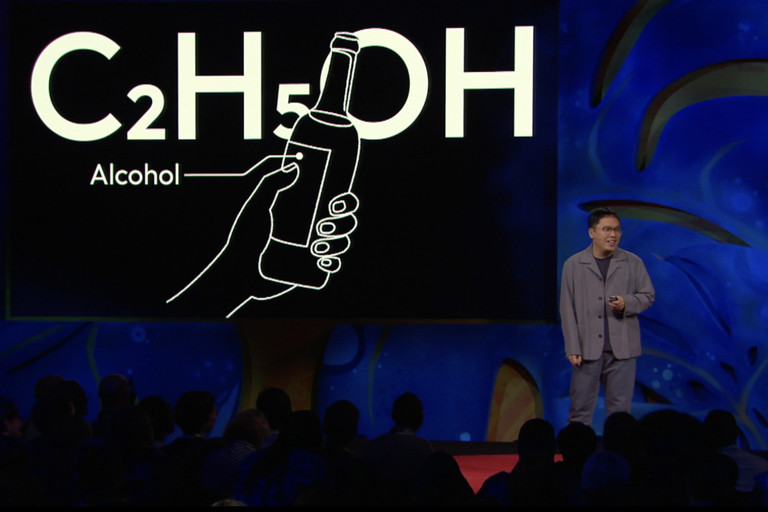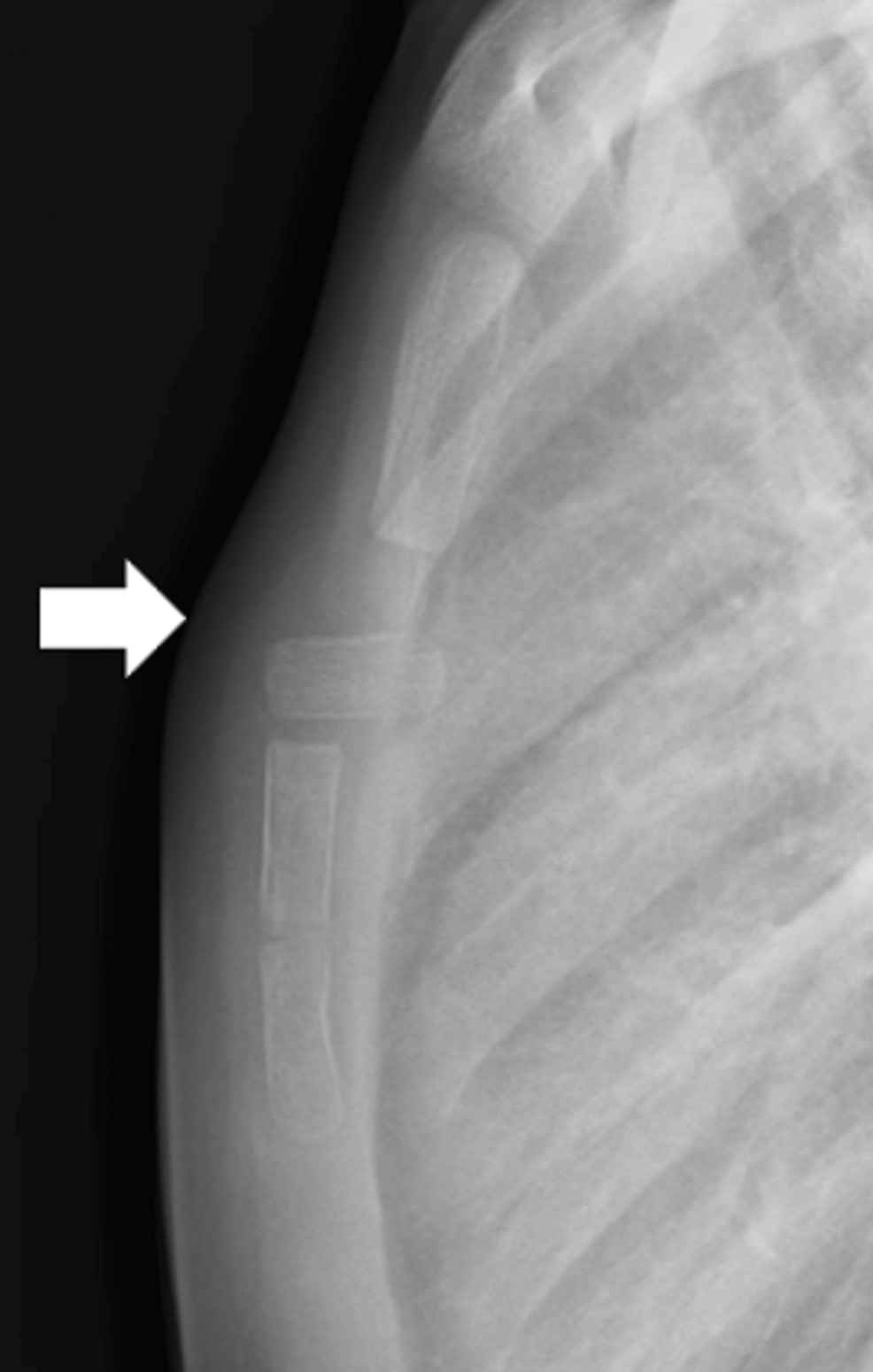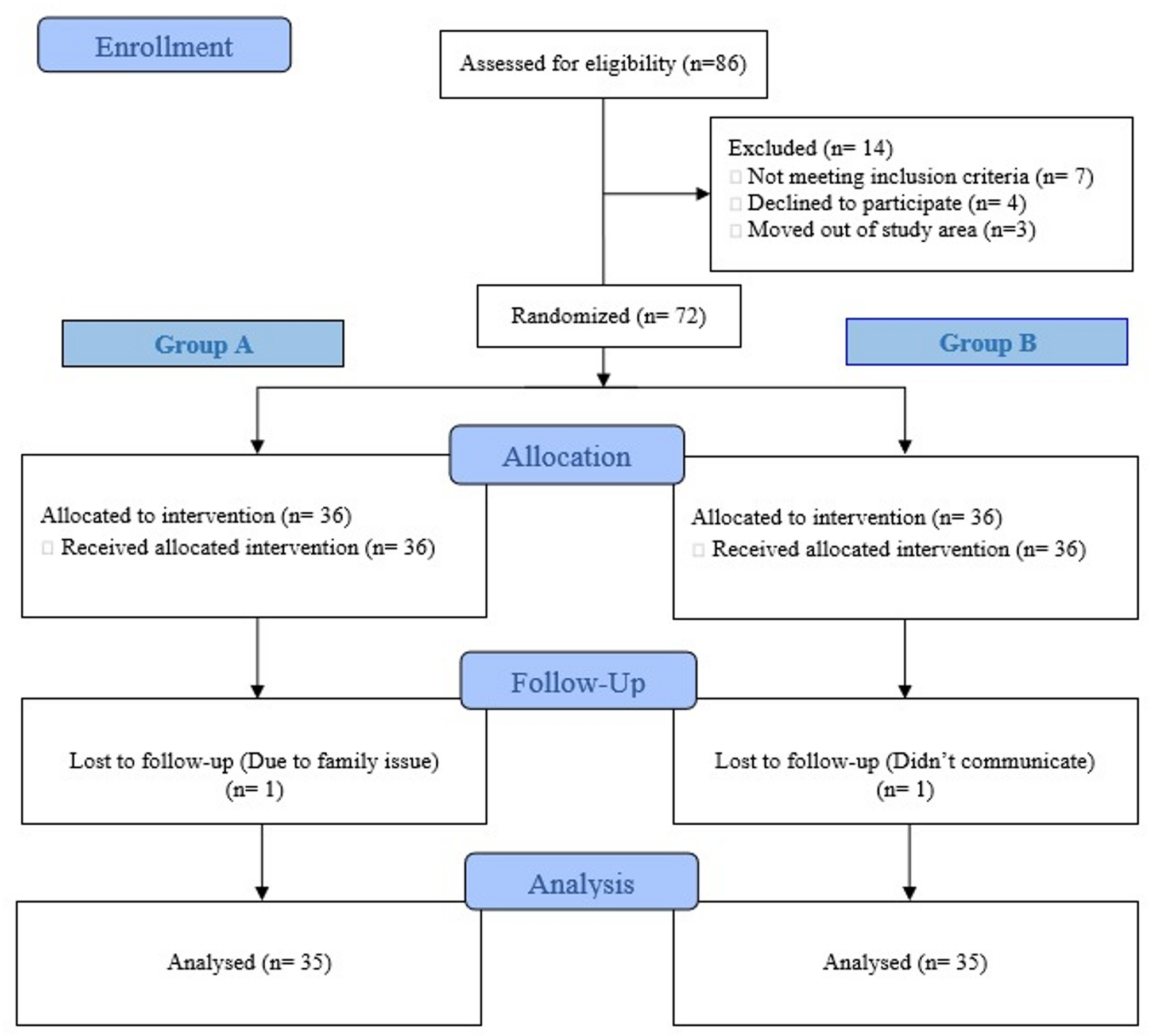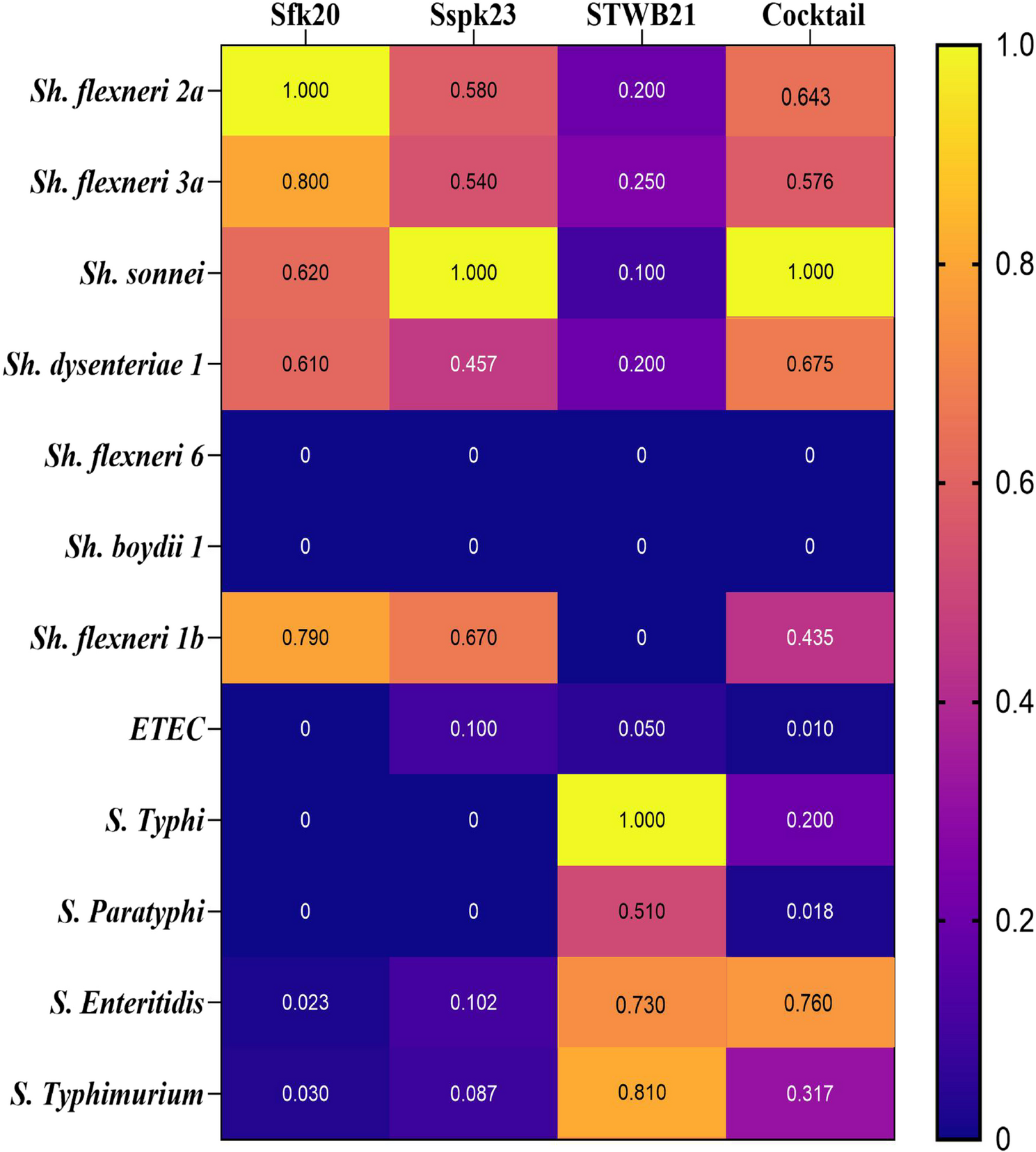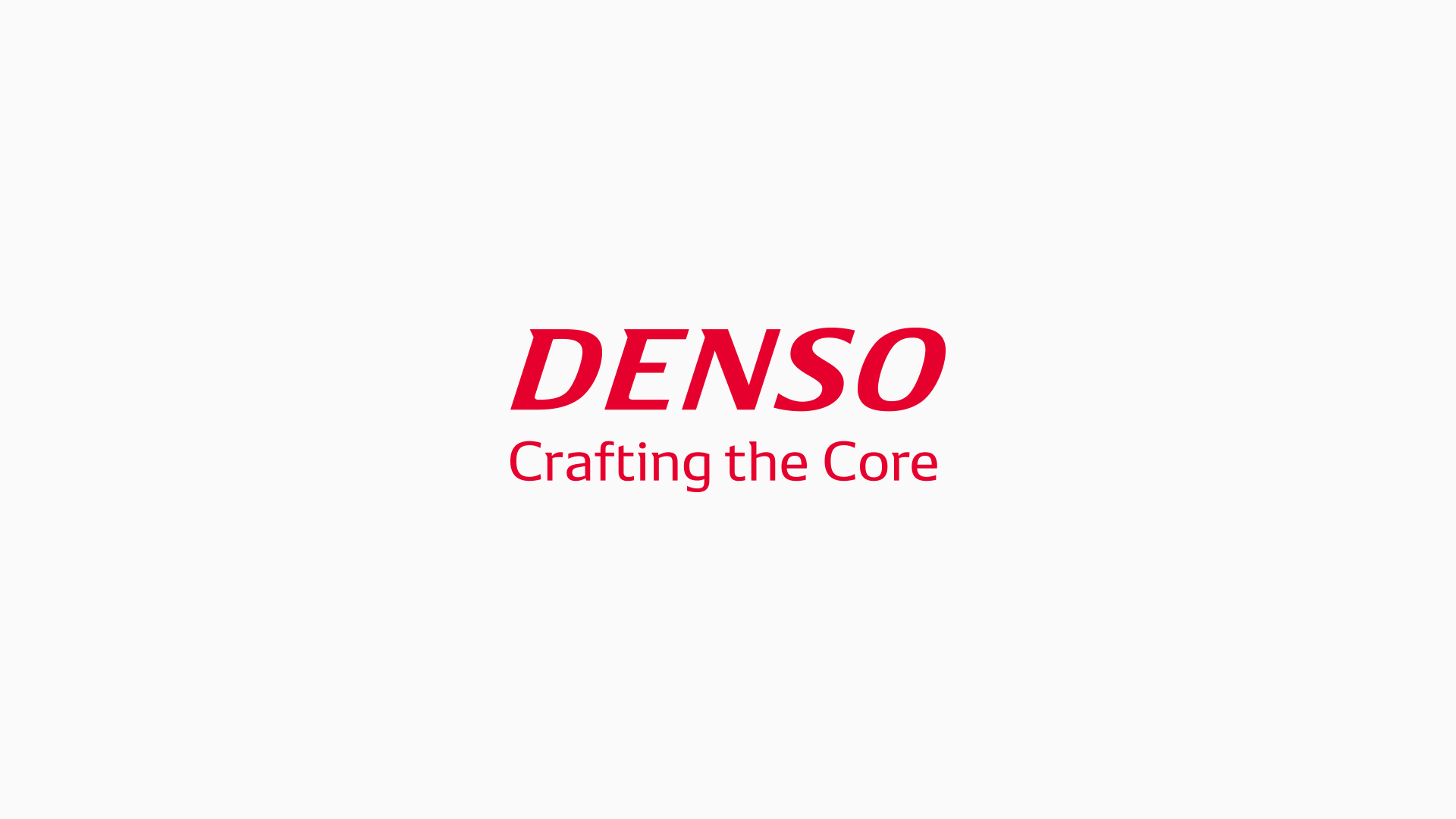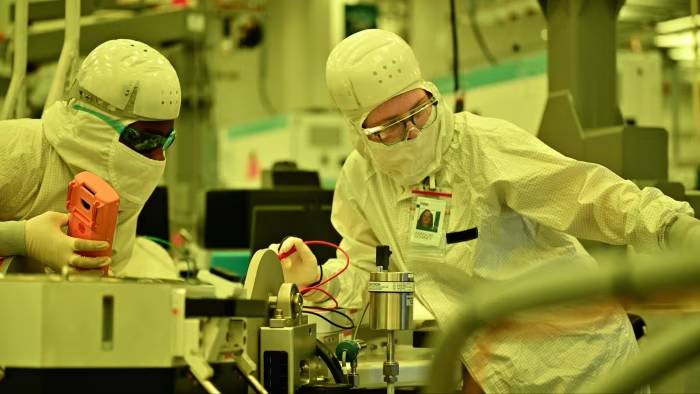By Dr. Hao Xu, Head of Climate Innovation, Tencent
We already have the technologies to fight climate change – so why aren’t we deploying them faster?
That was the question I explored in my TED Countdown Talk. As Head of Climate Innovation at Tencent and an environmental engineer by training, I believe the biggest barrier to decarbonization isn’t the lack of technology – it’s how we work together.
The good news? There’s a way forward. Many scalable climate solutions are available today. From bacteria that turn CO₂ into fuel, to cooling materials that help save glaciers, we can make real impact now. The key is accelerating them by uniting science, engineering, and business to turn bold ideas into real-world solutions that help decarbonize the planet.
Catalyzing emerging low-carbon technology
“I’m more optimistic than ever that we have the answer to accelerating climate innovation, and it’s simple.”
Dr. Hao Xu, Head of Climate Innovation, Tencent
Although Tencent is not a major emitter, we are deeply committed to sustainability and tackling climate change. We have pledged to achieve carbon neutrality in our operations and supply chain by 2030 and are leveraging our capabilities to fulfil our mission of creating tech for good.
Beyond improving data center efficiency and sourcing renewable energy, we’re focused on how to catalyze the next generation of climate technology. That’s why we launched our CarbonX program in partnership with industry, investors and innovators. Three years in, I’m more optimistic than ever, because we think the right answer is not so complicated.
Through CarbonX, we’ve learned that successful climate tech acceleration happens when four key areas work in harmony.
1. Scientific innovation: saving decades of climate tech R&D
Let’s start with the science, which is in advanced stages. We can capture solar energy, store it using cutting-edge chemistry, and convert CO₂ into valuable products – shaving decades off development.
Take Gasgene, a startup we work with through CarbonX. Using CRISPR – a gene editing tool – to reprogram clostridium bacteria, they’ve essentially taught these microorganisms to “eat” carbon dioxide and produce butanol instead. Butanol is found in clothing, paint, water bottles, toys and the like. With engineered clostridium, we can make these everyday products from captured carbon instead of fossil fuels.
2. Engineering expertise: scaling the science from lab to real world
Next is engineering, which acts as the bridge from lab to production, bringing scientific ideas to life at scale.
Imagine building a facility to produces 20,000 tons of butanol a year from captured CO₂. Engineers must decide: what size reactors are needed? Can we use standard equipment, or must systems be customized? How do we optimize for cost, safety and energy?
Think of it like LEGO – you use existing blocks wherever possible to build something new quickly and efficiently.
Feynman Dynamics, another CarbonX innovator, faced this challenge. Their goal: produce sustainable aviation fuel by combining captured CO₂ with green hydrogen. Their breakthrough? A catalyst that blends these ingredients at the molecular level, like a smoothie machine. Inspired by pharmaceutical chemistry, they created a reactor that delivers consistent, scalable performance, cutting waste and boosting efficiency.
3. Business knowhow: turning innovation into industry
However, even the best-engineered solution can fail without a viable business model. Markets, costs and customer demand drive adoption and innovations must make commercial sense.
Yuanchu, a startup that captures CO₂ and turns it into calcium carbonate – used in paper, makeup, and toothpaste – found a smart market fit. Instead of mining limestone, they repurpose steel and industrial by-products, cutting both emissions and costs.
Another example is Moguang, which developed cutting-edge radiative cooling material that reflects over 90 percent of sunlight. It cools objects naturally without using electricity. We piloted this technology on the endangered Dagu Glacier in southwestern China. After three years, melting slowed by 80 percent.
Today, that same material is used in hundreds of thousands of smartphone screens and sports cameras. From glaciers to gadgets, climate tech innovation is full of possibilities.
4. Integration: solving the bottlenecks
So, what’s holding us back? It’s not invention, it’s isolation.
Scientists focus on discovery. Engineers optimize performance. Businesses look at balance sheets. But rarely do they work together from day one.
To accelerate climate solutions, however, these disciplines must collaborate from the start. That means:
- Scientists asking: how much energy does it take to capture one ton of CO₂?
- Engineers asking: can this be deployed at industrial levels?
- Business leaders asking: when can we make this cost effective?
These aren’t easy conversations. But such cross-disciplinary tensions are essential to speed up progress and get us closer to decarbonization.
We’ve already seen this model succeed. With Gasgene, we helped form a clean chemical consortium, linking startups, chemical companies, and consumer brands to make carbon-based products a reality. That alignment enabled pilot deployment and scaling.
To recap, we don’t need to wait for new inventions. We need to work faster, and work together. That’s how we can accelerate the transition to a low-carbon world!
